20 Unique Drinks To Try Around The World Slideshow
Peru: Pisco Sour
A pisco sour is made with pisco (a spirit popular in South America), lime juice, simple syrup, bitters, and an egg white. You can find pisco sours throughout much of South America, but the origin is contested, as both Peru and Chile lay claim to the pisco sour.
Caribbean: The Painkiller
Painkillers are typically made with premium dark rum, cream of coconut, pineapple and orange juice, and topped with Grenadian nutmeg. The painkiller is popular in the Caribbean, especially the Virgin Islands, and many bars in both the U.S. and British Virgin Islands serve their version of it. The Soggy Dollar Bar on Jost Van Dyke, an island near Tortola and St. Thomas, claims to be the creator of the famous drink.
Japan: Hirezake
I've seen this described as both a dish you can eat and a shot you can drink. It's made by taking the extremely poisonous puffer fish (also known as fugu) fin, crisping it, and placing it in hot sake. The fugu fish is served throughout Japan, but it's regulated because of the toxicity of the fish and to protect the species from depletion. I've also seen this drink served in some sushi restaurants in the U.S.
South Africa: Springbok
A springbok is typically served as a shot. Simply pour 1 measure of crème de menthe in a shot glass, and slowly add one measure of amarula cream on top. They should stay separated, but if not, use the back of a spoon when pouring the cream to make sure they don't mix. The springbok is popular in South Africa, where you'll also find an animal of the same name. There is even a drinking game associated with it.
Chile: Terremoto
Terremotos are made with white wine, fernet (a spirit popular in Argentina), and pineapple ice cream. We were told that the only place to get a real terremoto (Spanish translation: earthquake) is at La Piojera, a dive bar located near the Mercado Central in Santiago, Chile.
Costa Rica: Guaro
Guaro is liquor distilled from sugar cane and is usually served as a shot with a slice of lime. You can get guaro throughout Central America, but it's quickly becoming the national drink in Costa Rica. The government actually nationalized the production of guaro, and the only legal brand is Cacique Guaro.
Vietnam: Bia Hoi
Bia hoi is the term given to beer brewed in Vietnam. It's a very light home-brewed beer available all over the country. What makes it unique is that it's different every place you get it, as it's brewed in small batches all over the country. Simply look for the hand-written cardboard signs that say Bia Hoi. It is usually served in hole-in-the-wall, makeshift bars and small restaurants.
China and Vietnam: Snake Blood and Rice Wine
You make it just how it sounds, by infusing whole snakes in rice wine or grain alcohol. If you want to take it a step further, you can mix fluids of the snake — blood and bile — with the rice wine and consume immediately as a shot. Like bia hoi, snake blood and rice wine can be found throughout Vietnam, most of Southeast Asia, and China. It's not hard to miss, as you'll typically see large jars filled with a liquid of some sort with snakes in it.
Fiji: Kava
The traditional way to prepare kava is to chew the roots of the kava plant, combine it with water, and consume. It is said to produce a very relaxing feeling, almost like a sedative. Kava is best known in the Pacific Island nations of Vanuatu and Fiji, but you can find kava throughout the South Pacific, in Polynesia, Melanesia, Micronesia, and even Hawaii.
Italy: Grappa
Grappa is made by distilling the leftovers of a grape after pressing it to make wine. What results is a grape-based type of brandy, that's taste and strength varies based on the maker. Grappa is usually served as an after-dinner drink, and can be added to coffee or espresso. In order to get true grappa, it must be produced in Italy, San Morino, or the Italian part of Switzerland. It must also be produced from pomace (the leftover grape pulp), with the fermentation process occurring on the pomace with no additional water.
Mexico: Raicilla
Raicilla is a distilled spirit that has some similarities to tequila, as it is also made from the agave plant. It originated in the southwest of Jalisco, a state in Mexico, but you can find raicilla all around Mexico, particularly in and around the popular tourist city of Puerto Vallarta.
Dominican Republic: Mama Juana
Mama Juana is made by combining rum, red wine, and honey with tree bark and herbs and allowing them to marry in a bottle. Mama Juana has been compared to port wine and is typically served as a shot and can be found all over the Dominican Republic.
Philippines: Lambanog
Lambanog is a spirit that's made from the sap of unopened coconut flowers. The sap is distilled, making a coconut wine or vodka. The alcohol content is said to approach 45 percent. Lambanog can be found all over the Philippines, but it is produced in distilleries in the Quezon province. There are similar spirits made from the sap of unopened coconut flowers throughout the South Pacific and Southeast Asia. They are called by different names, but they are all very similar.
Turkey: Raki
Raki is an unsweetened liqueur that has a strong anise flavor. It's made from the skin, pulp, seeds, and skin of grapes — what remained of the grape after it was used to make wine, like grappa. It's typically served early in the meal with appetizers, either straight with some water on the side or diluted with chilled water, depending on your preference. When raki is combined with water, it turns milky white. It's known as the national drink of Turkey, though you can also find it in Greece, Serbia, and other Balkan countries.
Sardinia: Mirto
Mirto is often described as a blueberry liqueur, but it is actually made from myrtle berries and either honey or syrup. The Myrtus communis plant (the myrtle plant), is native to the Mediterranean, and Sardinia is your best bet for obtaining an authentic bottle of mirto.
Peru: Chicha
The traditional way to make chicha is to ground purple maize and chew on it, moistening it with saliva, which has natural enzymes that convert the starch to sugar so it can ferment. The drink is then made from the fermented corn and combined with other ingredients to become cloudy, somewhat sour, and seemingly a bit carbonated. You can get chicha all over Peru, but most is not prepared the traditional way by chewing the corn. If you want it made the traditional way, you may come across it in more rural areas or while on a trek. We sampled chicha in a village in the bottom of Colca Canyon.
Denmark: Coffee Punch
First, you take a cup and put a coin in it. You then pour coffee in the cup until you cannot see the coin anymore. Finally, add schnapps until the coin is visible again. In Danish it's referred to as kaffepunch. This is perhaps the most interesting drink that I came across. A Danish friend alerted me to this drink originally from a small island called Fano off the Esbjerg coast of Denmark.
New Orleans: Sazerac
A sazerac is a variation of an old fashioned, with the main ingredient being rye whiskey. There is a traditional way of making a sazerac, so pay attention. Pack a rocks glass with ice. Take another rocks glass, moisten a sugar cube with water, and then crush it. Then blend the sugar with rye whiskey and bitters before adding ice and stirring. Now you're about halfway there. Toss out the ice from the first glass and pour in Herbsaint (an anise-flavored liquor), coating the inside of the glass before discarding the excess. Then strain the whiskey into the Herbsaint-coated glass, twisting some lemon peel over it so the oil makes its way through the drink. You can rub the peel over the rim of the glass, but whatever you do, don't put the twist in the drink. Some say it's sacrilege. You can get this drink across the U.S., but it's originally from New Orleans.
Iceland: Brennivin
Brennivin is a type of schnapps made from fermented potato mash. The fermented potatoes are mixed with caraway seeds to produce a potent liqueur. Brennivin is considered to be Iceland's signature liquor, though many locals don't regularly drink it (it is associated with alcoholism).
Canada: The Sourtoe Cocktail
I debated adding this one to the list, but the zaniness and nastiness of the whole thing just forced my hand. Here's how it's made: Choose a drink, any drink, and the bartender at this establishment will add one severed toe to your drink. Yes, that's right, a severed toe. A severed human toe will be added to your drink. They keep said toes stored in salt when they aren't being used to garnish drinks. In order to gain acceptance into the Sourtoe Cocktail Club, you must drink your drink, and your lips must touch the toe. You can only have the severed toe cocktail at the Downtown Hotel in Dawson City, Canada, located just below the Arctic Circle.
